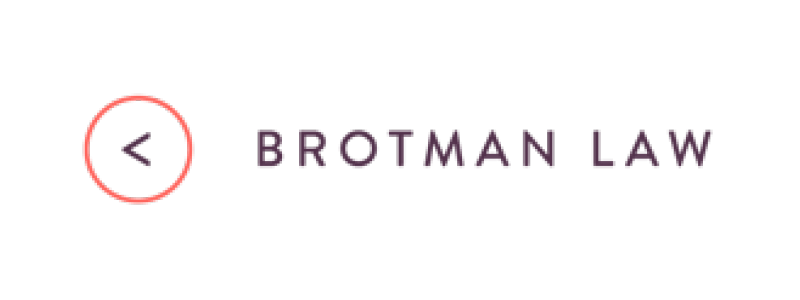
Close
- Services
- Income Tax Audits
- California Sales Tax Audits
- California Payroll Tax Audits
- IRS Tax Debt Resolution
- California Tax Debt Resolution
- Employee Retention Tax Credit Audits
- Criminal Tax
- Multi-State Tax Issues
- International Tax Issues
- Tax Optimization
- Divorce & Taxes
- Business, Real Estate, & Transactional Tax
- About
- Flat Fee Pricing
- Resources
- Contact
- Services
- Income Tax Audits
- California Sales Tax Audits
- California Payroll Tax Audits
- IRS Tax Debt Resolution
- California Tax Debt Resolution
- Employee Retention Tax Credit Audits
- Criminal Tax
- Multi-State Tax Issues
- International Tax Issues
- Tax Optimization
- Divorce & Taxes
- Business, Real Estate, & Transactional Tax
- About
- Flat Fee Pricing
- Resources
- Contact
Issues Affecting Credit Rating Agencies
Competency, Trustworthiness of Ratings, and Conflicts of Interest
Credit rating agencies have not been held accountable for their ratings. Meaning, an inaccurate rating brings no repercussion to these agencies. If one is not held accountable for their actions, logically there is less incentive to perform well or even at a high standard.
These agencies knew their services were needed under government recommendation yet they were not held to a standard which required the utmost diligence and scrutiny to measure the accuracy of their ratings (15 Chap. L. Rev. 138). This type of attitude towards the agencies allowed the agencies to become comfortable with their existing practices and did not encourage any improvements in the methods these agencies used to rate the instruments. Although no rational investor would choose an instrument based solely on the credit rating, the ratings were generally accepted by the public as an accurate estimation or calculation of the instrument’s creditworthiness. Therefore the general public, after decades of accepting these ratings as common practice, assumed these ratings were legitimate because they were backed by expert analysis and economic insight.
It is fair to say that the average and even above average investor relied on these ratings as trustworthy information provided from an agency which is strongly encouraged by the government. Further, these agencies often acted on information provided by the companies they were rating and not confirming the information with third-party resources (15 Chap. L. Rev. 137-39). Thus not ensuring the accuracy and integrity of the information they were using while calculating ratings.Conflicts of interests only made things worse by compounding the problems of the competency of these ratings and their trustworthiness.
The entire business model which the big agencies operated presented immediate conflicts of interest. The rating agencies would be paid by companies who wanted their instruments rated (15 Chap. L. Rev. 136-37). Because there is more than one agency to rate financial instruments, the companies could now shop for a better rating amongst the competing agencies. In turn, these agencies were competing for the largest market share in the ratings industry. Therefore, to gain more share, the agencies were often providing favorable ratings to these companies and their instruments to gain their business and add to the agency’s market share.
Providing these favorable ratings often required the agencies to jeopardize the integrity of these ratings by altering the methodology in which they are calculated. This provided the agencies with higher profits yet the public still trusted these ratings as a recommended factor of investing.
"Sam is a wonderful, results-oriented and extremely knowledgeable and talented attorney, who really has 'heart' in working on behalf of his clients, and explains options in a straightforward, respectful manner. He has assisted us with great outcomes which have added to our quality of life. I would not hesitate to recommend Sam for his services as he is an ethical, personable and expert attorney in his field. You will likely not be disappointed with Sam's work ethic, approach and his efforts."
-Aileen Dwight, Licensed Clinical Social Worker & Psychotherapist
Last updated: July 22, 2024

BECOME AN INSIDER
Our best stuff: secrets, tax saving tools, and tax defense strategies from the braintrust at Brotman Law.
- Expanded benefits during your first consultation with the firm.
- Priority appointment scheduling and appointment times.
- Complementary access to our firm’s concierge services.
- Receive updates and “insider only” tax strategies and tactics.
- And many more benefits.
Not Sure Where to Start?
Start Here
These ten big ideas will change the way you think about your taxes and your business.
Learn About Your Situation
Find the articles and videos you need to make the right tax decisions in the learning center.
Explore Our Services
It is not just about what we do, but who we are, why we do it, and how that benefits you.
Get Your Game Plan
Meet with us to outline your strategy. No further obligation, 100% money-back guarantee.
Related Articles

Bankruptcy and Automatic Stay
According to United States bankruptcy law, an automatic stay is defined as an automatic injunction,...
4 min read

Establishing Residency or Domicile in California Can Be Taxing
Robert Wood, tax expert and frequent contributor to Forbes.com, wrote that “many would-be former...
12 min read

Can Internal Revenue Code Section 1202 Benefit You?
There is a generous tax benefit that only select taxpayers qualify for. Not well known, it is...
12 min read
Brotman Team
Free 15 Minute Consultation
- 15 mins
We'll answer your most pressing tax law questions in 15 minutes. Please choose a time below that works best for you.
IRS Circular 230 Disclosure: To ensure compliance with requirements imposed by the IRS, I must inform you that any U.S. federal tax advice contained in this website is not intended or written to be used, and cannot be used, for the purpose of (i) avoiding penalties under the Internal Revenue Code or (ii) promoting, marketing or recommending to another party any transaction or matter contained in this website.



COMMENTS